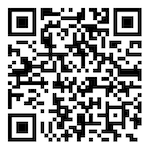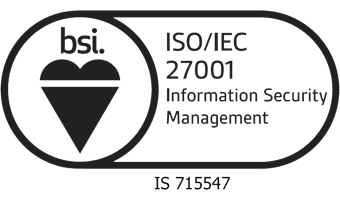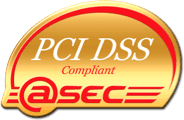MAHAZEUS menghadirkan pilihan utama sebagai situs slot gacor terpercaya tahun ini dengan koleksi permainan Slot88 paling lengkap dan tercepat jackpotnya. Situs ini terkenal di kalangan pecinta judi online karena menyediakan permainan dari provider slot88 terbaik yang sudah terbukti mudah menang dan gacor setiap harinya. Selain itu, MAHAZEUS berkomitmen penuh untuk memberikan akses login yang aman serta nyaman khusus bagi para pemain slot88 modal ekonomis.
Slot88 login bersama MAHAZEUS sudah lama menjadi pilihan utama di kalangan pemain judi kelas ekonomi, dengan minimal deposit hanya 5000 rupiah saja. Keunggulan lain yang ditawarkan MAHAZEUS adalah kesempatan menang jackpot lebih besar bagi member yang aktif bermain secara rutin setiap hari. Layanan pelanggan pun tersedia 24 jam penuh non-stop melalui fitur live chat, siap memberikan bantuan sekaligus bocoran gacor terbaru secara eksklusif kepada member situs slot gacor.
Bagi penggemar slot gacor dan pecinta permainan slot88, tentunya MAHAZEUS merupakan pilihan tepat. Anda dapat merasakan hiburan maksimal, peluang kemenangan yang tinggi, serta pengalaman bermain slot online dengan modal kecil namun berkesempatan mendapatkan keuntungan besar hingga puluhan juta rupiah setiap harinya. Pilih MAHAZEUS untuk solusi terbaik bermain slot gacor online tahun ini, dijamin mudah menang dan cepat jackpotnya!














 LOGIN
LOGIN
 DAFTAR
DAFTAR
 WA
WA
 LIVECHAT
LIVECHAT